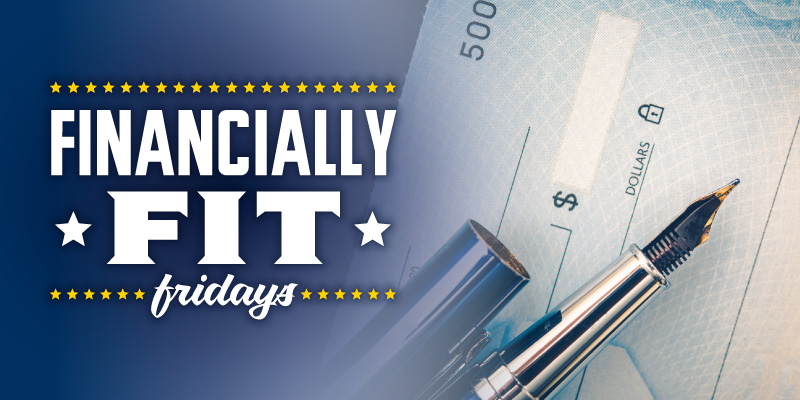Kids aren’t the only ones who get anxious about going back to school. As summer winds down, many parents are financially stressed because all of the supplies & extras they’re going to purchase. Here are some tips to save a few bucks this year.
Reading
Research it beforehand. Check out popular sites for discounts on backpacks, folders, laptops, calculators, colored pencils and whatever else you need. Follow your favorite stores on social media to see when deals are available. Sales occur at different times, so keep a list and compare prices.
You don’t have to shop exclusively online or at big-box stores, either. Get your local supermarket’s ads and browse dollar stores for inexpensive essentials. You may even find some great bargains at secondhand stores or yard sales.
Writing
Make a combined list of what each child needs for the upcoming school year. Picking out cute accessories or extras is fun, but they can add up—especially if you have a large family. Stick to what you wrote down and you won’t find yourself surprised by the total tab.
Consider sending an email or group text to other moms & dads about buying school items in bulk. A teacher may request two highlighters, for example, but you can go in with five others and buy a pack of ten, sharing the cost.
Arithmetic
First, do the math to see how much you’re going to spend. You can even involve your kids in this process to teach them basic budgeting techniques. Have them chip in with some of their own money if they want to buy something extra or upgrade to an item that features their favorite movie character on it.
Buying early can also lower your bill. If you know the basics of what your child should have, you can spread out the purchases during the year. Alternatively, since prices are usually lower after classes start, you can stock up on cheap supplies for the following year. A stockpile of school items will make you feel more prepared and you’ll save more, too.










